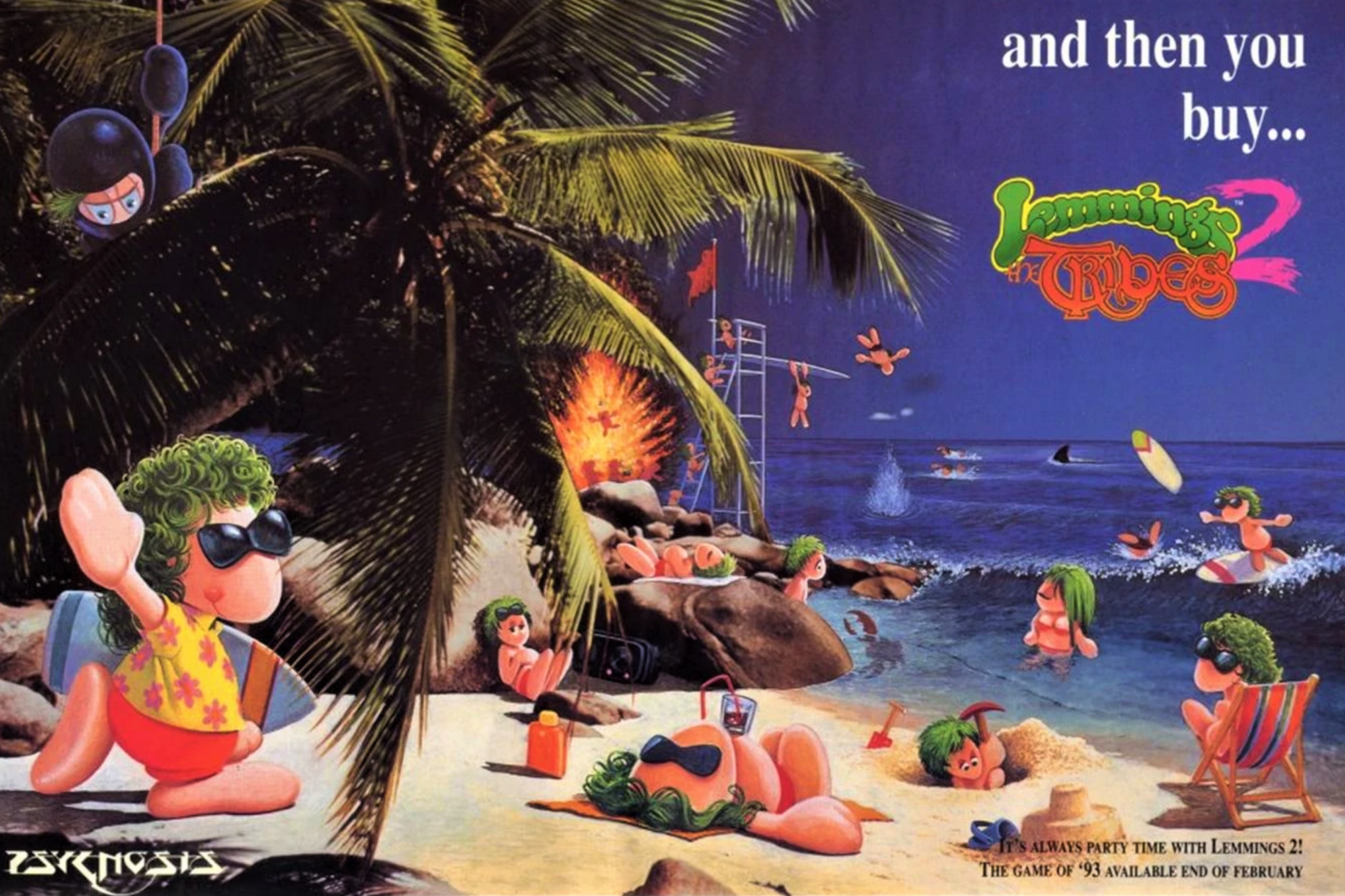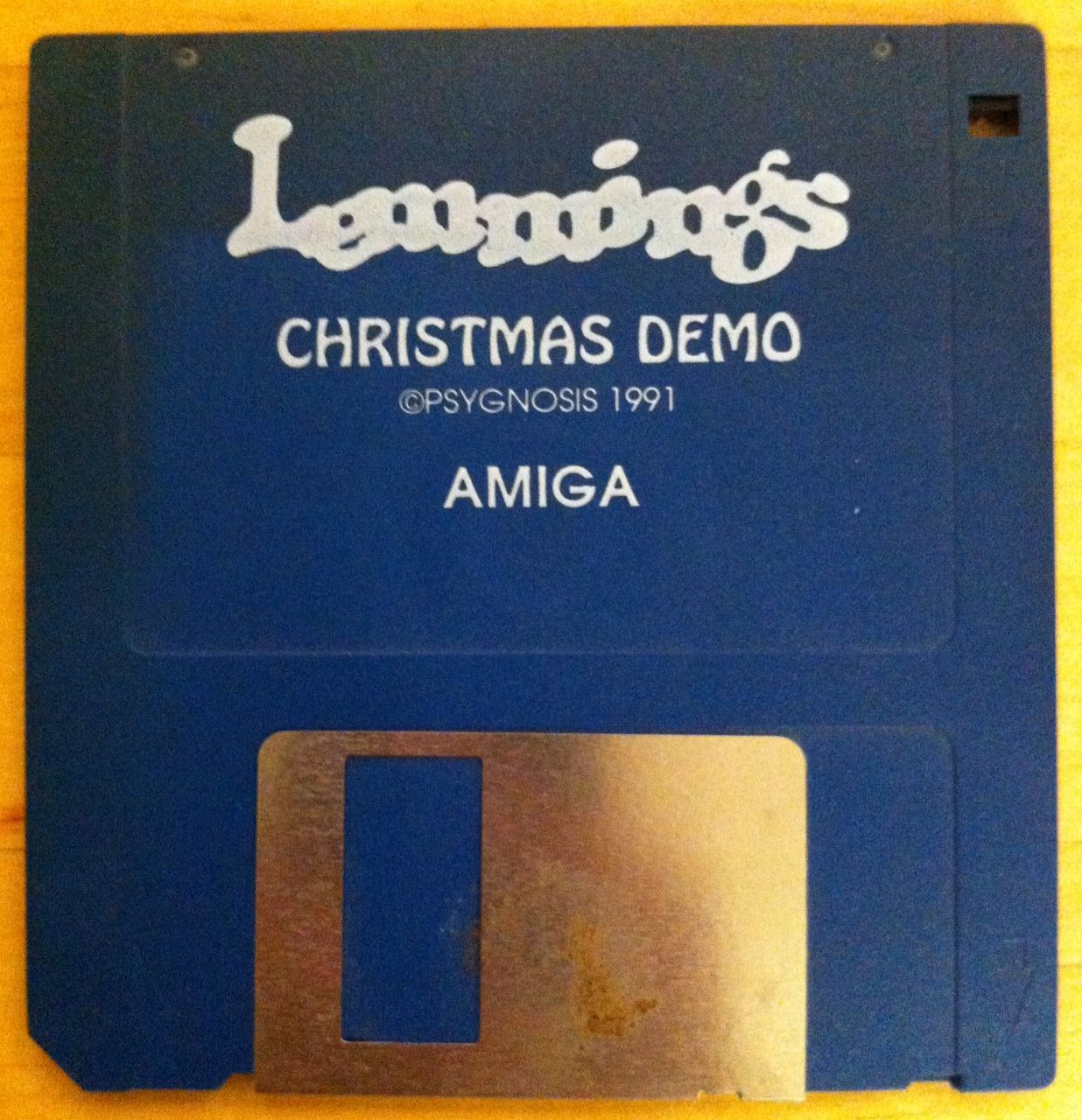What Happened to Lemmings?
The rise and fall of one of the most popular video game franchises

In a discussion of popular ’90s games, names such as Pokémon, Mario, Sonic, and more would of course make appearances. One that’s sometimes forgotten is Lemmings. Nevertheless, the original game sold an estimated 15 to 20 million copies, which puts it fourth in the list of game sales of the 1990s. These numbers mean it sold millions more than vaunted titles, such as Street Fighter II and Final Fantasy VII. The story of how Lemmings achieved this unprecedented success is an interesting one.
A club kick-starts careers
In the 1980s, the Kingsway Amateur Computer club, as well as being a place for gamers, provided a haven for technically gifted young individuals in Dundee, Scotland, to experiment with Commodore 64 and Spectrum machines. Dave Jones, the oldest of the members, gathered more friends during their work on their first game, Menace (1988). This was the birth of DMA Design.

At the early stage, employees commuted to an office space across from Jones’ father-in-law’s chip shop, Deep Sea. Most of the members had still not even reached their 20th birthday. One of these young idealists, Mike Dailly, saw in the sprites of the game Oids (1987) an opportunity. The tiny 5 pixel sprites of the shooter could be replicated several times. Discussions about small, high-fidelity sprites soon caught fire in the office.
DMA Design showed a demo of the little sprites to Psygnosis at the Personal Computer Show in 1989. The ambulant sprites had green hair because the colour showed up better on a PC’s EGA (Enhanced Graphics Adapter). Despite these advances, the project went on the back-burner.
Hard work places the pieces
In between projects, DMA Design refocused on the “lemmings” (the nickname for the sprites) in 1990. Dave Jones and Gary Timmons continued to work on essential aspects such as sprite animation as well as menu layout. To keep costs low, the team filled the soundtrack with older unlicensed songs such as “How Much is That Doggie in the Window?” or “London Bridge”.

The mother of Scott Johnston, another team member, supplied the titular characters’ distinctive squeaks for the game. After DMA Design moved into an expanded office block, they continued to develop their new project. During development, team members competed against each other to build the best stages with the level editor, with cash prizes for the most ambitious projects. In this way, they encouraged each other to compose ever more devious puzzles. Developer Jon Dye said of those times:
It didn't feel like a company or anything like that, it was just like being at a computer club. We were basically The Big Bang Theory but 30 years ago. We didn’t drink, basically lived in the Pizza Hut around the corner and just went to the cinema all the time.
Artist Adrian Powell was able to use the features of the sprites to create the game’s distinctive cover art. Psygnosis, the project’s publisher, tested the levels in order to ascertain if it was ready for the public. At last, on 14 February 1991, Lemmings arrived on store shelves. First day sales for the Amiga version was 55 000 — this dwarfed the lifetime sales of previous DMA Design titles like Menace’s 20 000.

Iterate a formula
Lemmings would become one of the most ported titles. After the Amiga version, it would head to: the ZX Spectrum, Acorn Archimedes, Atari ST, PC DOS, Amstrad CPC, NEC PC-9800, the Commodore CDTV, and so many more. Because the design concept was simple meant it could make the jump to various platforms. The magazine Amiga Action reflected on the game’s launch:
It would take a very brave man to deny that Lemmings was the most innovative, addictive and popular game of 1991. I for one, cannot remember any other Amiga game that has received similar hype or publicity. 1991 must go down as the year of the Lemming.
There was no rest for DMA Designs, though. Only months after the original game’s release, they released the title “Oh No! More Lemmings”, which added another 100 levels. It was available as a standalone or a cheaper supplemental data disk version for consumers who already had the first game. Reviewers felt it was well worth a purchase.

To spread the word, DMA Designs released the free Xmas Lemmings 1991 demo. This title had a special Christmas theme, such as Santa outfits for the Lemmings, across all four of its levels. In a world before high-speed internet connections, this was a clever way to introduce players to its addictive gameplay. The formula proved so successful that the developers also created Christmas versions in 1992, 1993, and 1994.
A road to mayhem
Lemmings was such a runaway success that it convinced Sony to acquire Psygnosis, its publisher and holder of the IP, in 1993. The franchise expanded with Lemmings 2: The Tribes (1993) and All New World of Lemmings (1994). Other developers created 3D Lemmings (1995), Lemmings Paintball (1996), and The Adventures of Lomax (1996). Lemmings Revolution (2000) was one attempt to revive the name.

In 1997, DMA Design created another famous franchise — Grand Theft Auto. Take-Two Interactive bought the developer in the late 1990s. The company reconfigured the developer, renamed it Rockstar North, and moved it to Edinburgh not long after the takeover.
Couldn’t Lemmings be perfect for mobile gaming? Sony seemed to agree because it had Team17 developer a Lemmings remake in 2006 for PSP, PlayStation 2, and PlayStation 3. Sony licensed the IP to Exient for in 2019 for the mobile title Lemmings: The Puzzle Adventure. The franchise has indeed seen many changes over the years.